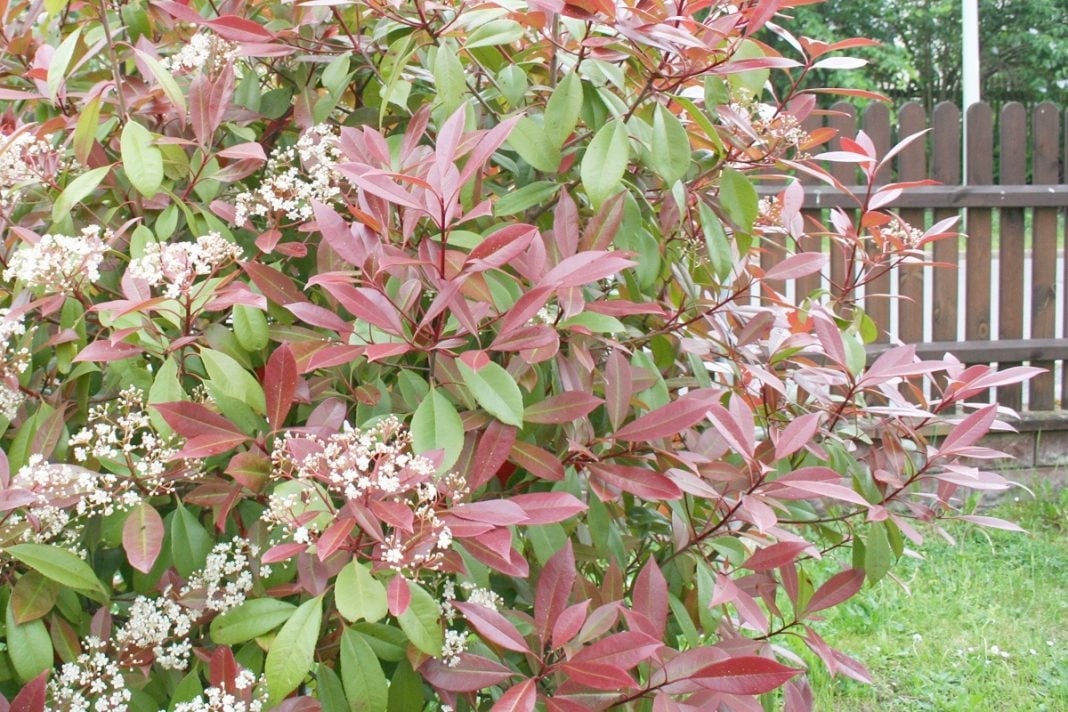Table of Contents
Every plant and shrub can be grown with the help of their healthy seeds, and it is also applicable to the Photinia Red Robin Shrub. This evergreen shrub usually has vibrant red-colored foliage with small white flowers that are like ornamental organic beads.
The awesome feature of the Red Robin plant is that it can be grown in many ways, but the struggle is most people don’t know how to grow it for other purposes or their small gardening zone.
No worries. We have compiled this post to help you understand more about the growth and the process of growth of the Photonia red Robin shrub. So keep reading if you want to know more about the growing process and when to prune Red Robin plants. In this post, we have covered how to grow the photinia red robin plant.
Factors to Consider Before Plantation
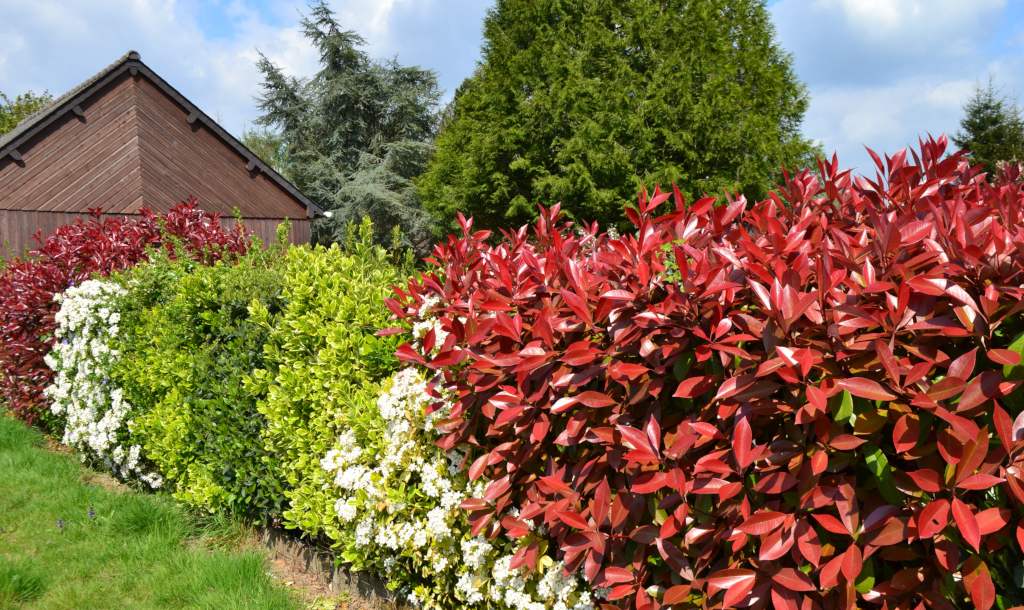
Several factors affect the growth and development of a plant and shrub, so selecting them wisely will help you to get better results.
1. Location and Soil
Finding the right location before you decide to grow the seeds of the Red Robin shrub is crucial. Find a place that can ensure safety from pest insects, chilling vibes, and highly hot conditions. Once you find such a zone, test the quality of the soil. The soil should be capable of well water drainage so that the planting can grow better and can take the nutrients from the soil. Then, focus on the right position for the seed plantation or the nursery saplings.
2. Sunlight Exposure
The sunlight exposure can be full sun or filtered exposure to avoid the burning of leaves of delicate robin shrubs. But try that the Photonia Red Robin gets the minimum sunlight rays exposure of four hours daily.
3. Water and Fertilizers
Photinia red robin shrub is tolerant to drought conditions, so it doesn’t need much water. You can casually water the red-robin plants occasionally with the sprinkles or try deep watering. This shrub also doesn’t need fertilizers until and unless the soil quality is really poor and lacks the offering of essential nutrients.
Grow Photinia with Seeds
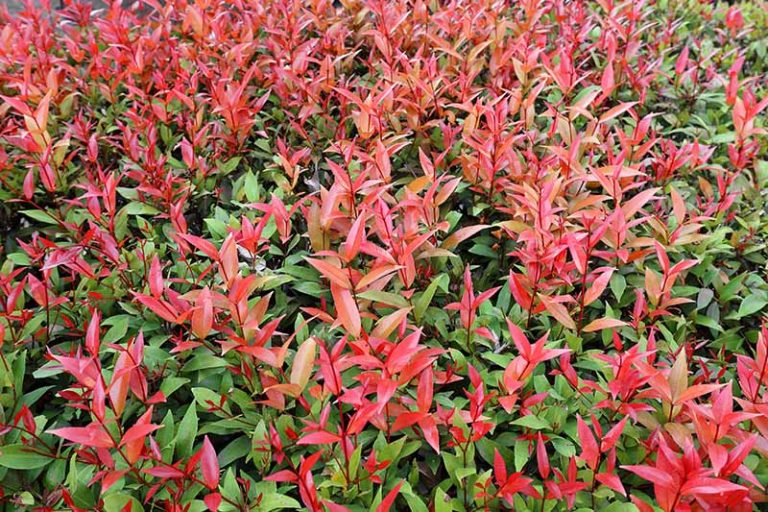
If you don’t bother about taking extra care and have enough patience, you can grow the Photinia Red Robin shrub with seeds. You can easily get the Photinia Red Robin seeds from the marketplace or online.
Take the red robin seeds and sow them in the soil of the location you have figured out for the growth of red robin shrubs. Let them grow by overcoming the dormancy phase.
Once you see the seeds germinating and bursting out from the soil, be careful of their care and requirements. Don’t pluck them, yet wait for some days until they get at least two leaves. When they get a sufficient height and become ready for plantation like those you bring from the nursery, you can plant them in the pots or the garden.
Grow Photinia with The Germinated Shrubs
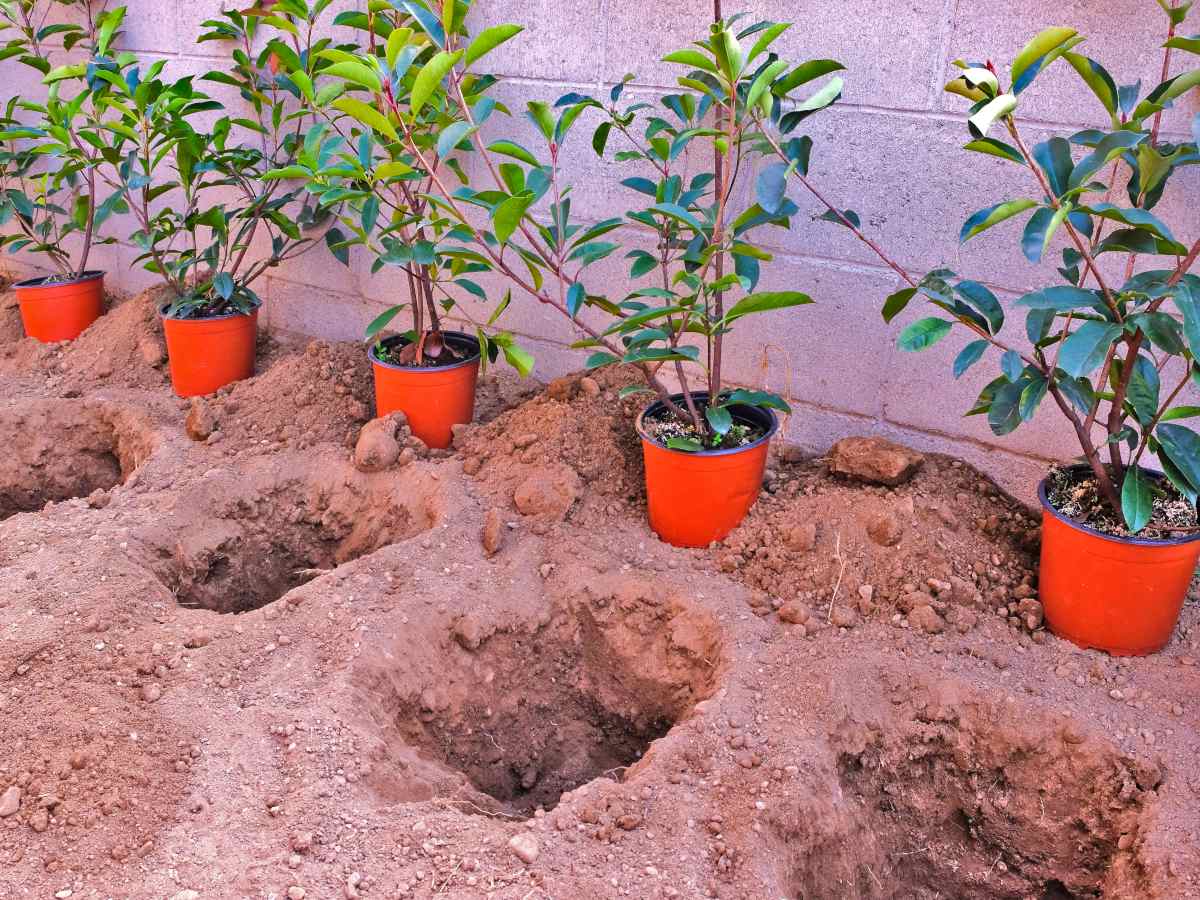
Now, the photinia Red Robin shrubs have a good height for transferring them into individual pots or in the garden’s soil. If you have grown them with the seeds, transfer and relocate them to the new location.
If you don’t want to grow the red robin shrubs with the seeds, you can bring the small saplings of the Photinia Red Robin plant and sow them in the pots or your garden soil that is suitable for their growth.
Propagating Cuttings of Photinia Red Robin
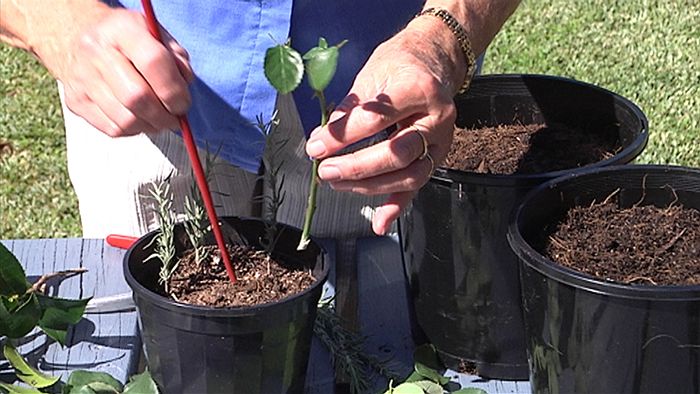
Cutting Propagation methods of Red Robin Shrub is for people who want to:
- Avoid the initial care and maintenance of the Photonia Red Robin shrub
- Who are in a hurry and are focusing on the mature plants as compared to the saplings just after a few days of the germination phase.
- People who are focusing on Hedging and decoration for a higher level?
For the Photonia Red Robin shrub propagation, you have to cut the mature and healthy branches in six to ten inches, where each cutting has at least three nodes.
Now, take the individual cuttings, take them to the location you have decided for the plantation, and start sowing them. Ensure that the soil will remain good for drainage purposes, and feed them deep water after backfilling the soil in the pits where you have planted the red Robin Cuttings.
Growing the Photinia Red Robin Hedges
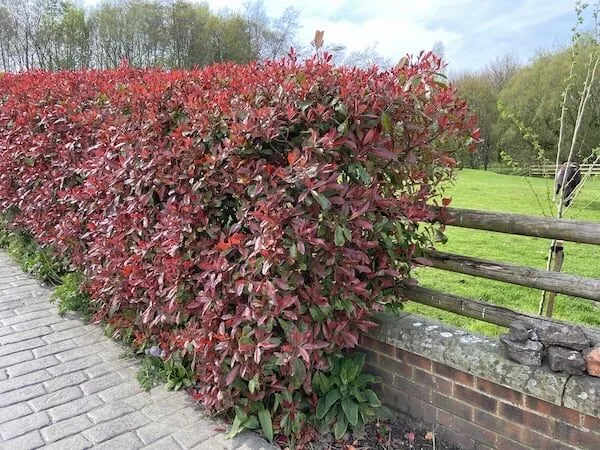
There are two ways of growing the Red Robin shrubs: Individual and Hedges. If you are growing the Red Robin shrubs from the seeds, you have to decide this when they start germinating, before the plantation. The rest of the stages, like growing the nursery shrubs or the propagating Red Robin cuttings, can either be done as individuals or in hedges. The above explanations focused on the Individual plantations. The growing of hedges is a little different for the Red Robin shrubs, having the same essential growth and development factors.
For the Hedging, there is another crucial factor of distancing. If you are planting the Red Robin shrubs near the wall, ensure that you keep at least 3 3-foot distance between the Red Robin plantation from the wall and each sapling.
In the hedges plantation, You can also keep the distance between each plant 5 to 7 feet, depending on the density of the hedges you want to create. The denser and tighter you keep these plants, the more you have to work on the pruning and maintenance so that Red Robin shrubs can get sufficient air and sunlight exposure for sufficient growth and development.
Final Thoughts
Suppose you want to grow the Photinia red robin plant indoors or outdoors. In that case, understanding the different growing processes, requirements, and how to grow can help you to get better results with the healthy and better growth of the Photonia red-robin shrub.
This post showed you how to grow the photinia red robin plant to help you understand more about the growth process and type of growing ways of the red robin shrub.

